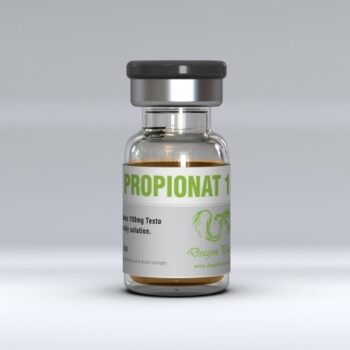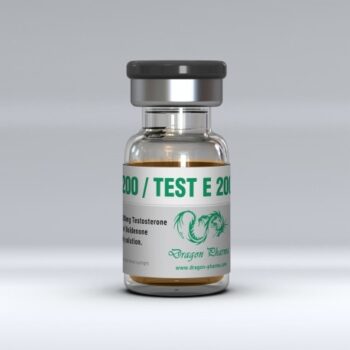Why Is There No Vaccine for AIDS Despite It Being a Viral Infection?
The Novel Coronavirus pandemic has been sweeping the world for two years now, but we are no longer helpless against it as at the beginning. The development and birth of the novel coronavirus vaccine have to a certain extent stopped the pace of the virus, and it is only a matter of time for mankind to defeat the pandemic.
In just seven to eight months, scientists around the world have developed a vaccine against an entirely new virus. Why is it that HIV, the human immunodeficiency virus, has been around for 40 years and there has been no successful vaccine?
There are not a few friends with such doubts, small U today to talk with you, why is HIV vaccine so difficult? First, because HIV directly attacks T cells
The function of vaccine is to stimulate the immune system to produce antibodies and activate cellular immunity against the virus. Generally speaking, vaccine is a wanted notice, and T cells are responsible for receiving the wanted notice. When the real virus invades, T cells will sound the alarm at the first time and mobilize other immune cells to participate in the elimination of the virus. But for HIV this process completely fails, because HIV first attacks T cells (CD4 cells, a type of T cell), so normal cellular immunity does not apply to HIV. Second, the antibody design of the vaccine is complex and difficult
The effectiveness of the vaccine depends on the antibody, how much of it is produced, whether it is broad spectrum or specific to a single type of virus, how long it lasts after it is produced and so on, all of which affect whether the vaccine is effective or not. TIPS:
The function of antibody is to bind to the virus before the virus binds to the cell. For example, the virus has three three-eye plugs corresponding to the three-eye socket of the cell. As long as the antibody plugs the three plugs of the virus first, the virus cannot plug into the socket of the cell
Antibody production is not enough to neutralize all viruses, so the leakage of a small amount of virus can still lead to HIV infection (does not prevent infection, but can control the level of virus, reduce the destruction of CD4+T cells in the early gastrointestinal associated lymphoid tissue, and delay the progression of the disease); Non-broad-spectrum antibodies may be ineffective against other types of HIV (and may be ineffective against slightly mutated viruses); Short duration of antibodies means less protection, so either you keep getting vaccinated or you still risk infection.
Eventually, the virus mutates to escape immunity
Because the current HIV virus cannot be eliminated, its replication still exists, and it is inevitable that the virus will mutate and eventually escape immune control. So far, HIV vaccines have not been able to achieve very effective prevention.
Xiao U wants to say, at present cannot rely on the vaccine to prevent HIV infection under the circumstances, clean, avoid infection is the best policy. Note 1: AIDS was first recorded in medical history in 1959, in the plasma of an adult male in Congo. It contains HIV-1, the predominant form of the disease currently present in the 35 million people with AIDS. Before that, though there was no record of it, AIDS may have entered the body.
In 1998, 17 years after the 1981 AIDS epidemic in the United States, a team of researchers led by David Ho compared the earliest HIV samples from 1959 with the Simian immunodeficiency virus, an immunodeficiency virus carried by apes in the Congo. Simian immunodeficiency virus (SIV), and the ape-to-human transmission is estimated to have occurred between the 1940s and 1950s.
Later, the understanding of RNA was further improved, and SIV and HIV were notorious reverse transcriptional RNA viruses, so some scholars established complex mathematical models of RNA evolution. The mutation from simian SIV to Congo HIV in 1959 took 40 years to complete and is estimated to have occurred between 1910 and 1930.
Until 2014, the latest study dates back to 1920, when the first mutated FORM of SIV jumped from orangutans to humans and became HIV. The study is in the journal Science.










Write a comment
Your email address will not be published. All fields are required